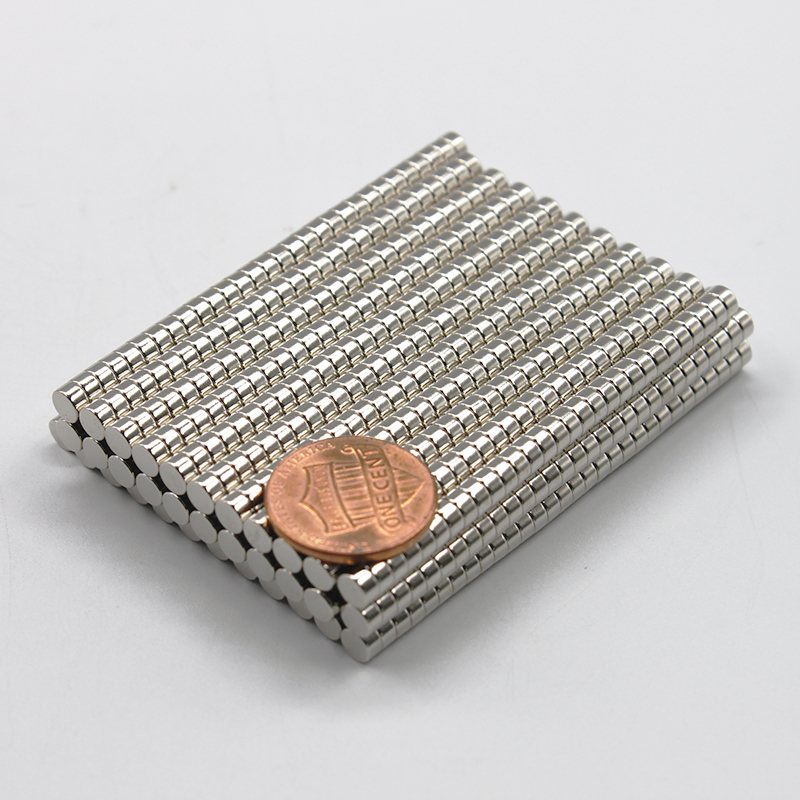The main differences between the physical properties of magnetic circuits and electrical circuits are as follows:
(1) There are good conductive materials in nature, and there are also materials that are insulating to the current. For example, the resistivity of copper is 1.69×10-2Qmm2/m, while the resistivity of rubber is about 10 times higher. But until now, no material insulated against magnetic flux has been found. The magnetic permeability of bismuth, which has the smallest magnetic permeability, is 0. 99982μ . The magnetic permeability of air is 1. 000038μ . Therefore air can be seen as the material with the lowest magnetic permeability. The relative permeability of ferromagnetic materials with the best permeability is about the sixth power of 10.
(2)Current is actually the flow of charged masses in a conductor. Due to the existence of conductor resistance, the electrodynamic force does work on the charged masses and consumes energy, and the power loss is converted into heat. The magnetic flux does not represent the motion of any mass, nor does it represent the power loss, so this analogy is treacherous. The circuit and the magnetic circuit are seemingly separate, and each has its own unquestionable object kissing reasoning within the bundle. This analogy is lame because of the loss of power. The circuit and the magnetic circuit are seemingly different, and each has its own unasked physical connotation.
The magnetic circuit is looser:
(1) There is no break in the magnetic circuit as in a circuit; the magnetic flux is ubiquitous.
(3) Magnetic circuits are almost always nonlinear. The ferromagnetic substance magnetoresistance is nonlinear, the air gap magnetoresistance is linear. The ohm's law and reluctance lament of the magnetic circuit listed above are correct only in the linear range. So the actual design, usually use the B-H curve to find the working point.
(2) Since there is no absolutely non-permeable material, the magnetic flux is not constrained, only part of the flux passes along the prescribed magnetic circuit, and the rest is scattered in the space around the circuit, which is called leakage, and the precise calculation and measurement of this leakage is difficult, but it cannot be ignored.

Post time: Mar-17-2022



